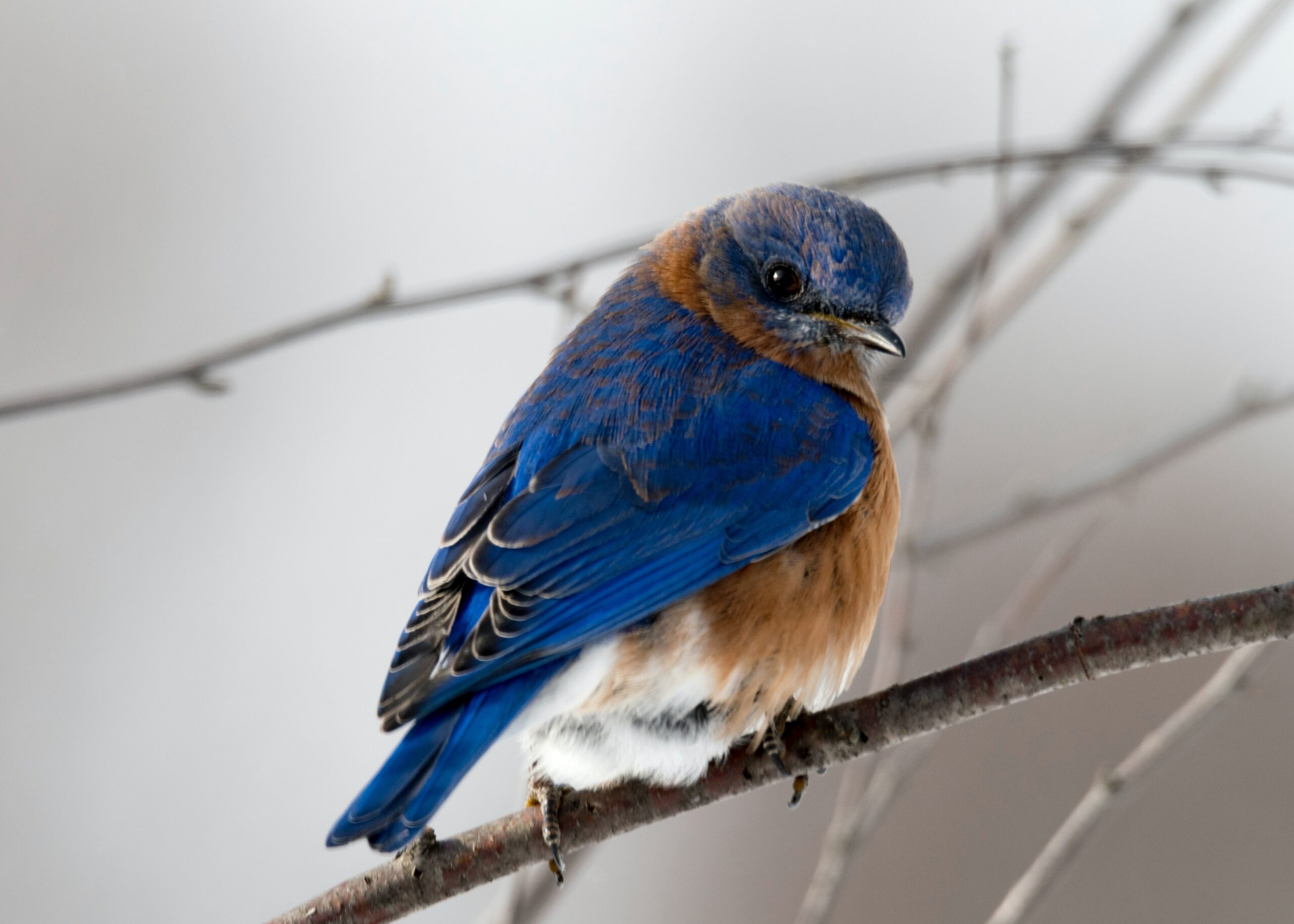Birdwatching is a popular hobby that involves observing and studying birds in their natural habitat. It’s a great way to connect with nature and learn more about the fascinating world of birds. Here’s a guide to getting started with birdwatching:
Get the right equipment. To start birdwatching, you’ll need a pair of binoculars, which will allow you to see birds up close without disturbing them. You may also want to get a bird identification guide, which will help you identify the different species you see.
Choose a good location. Birdwatching is best done in areas where there are a lot of birds, such as parks, forests, wetlands, or nature reserves. These places are likely to have a variety of different bird species, which will give you more opportunities to observe and learn about them.
Be patient and quiet. Birds are easily scared, so it’s important to be quiet and still when birdwatching. If you move too quickly or make too much noise, you may frighten the birds away. So take your time and be patient, and the birds will eventually come to you.
Use your senses. Birdwatching is not just about looking at birds through binoculars. You can also listen for their calls and songs, and use your sense of smell to help you identify different species. For example, some birds have a distinctive odor, such as the skunk-like smell of a skunk-cabbage.
Keep a birdwatching journal. As you observe and learn about different bird species, it can be helpful to keep a birdwatching journal. This can be a written record of your observations, including the date, time, and location of your sightings, as well as details about the birds you saw, such as their size, colour, and behaviour.
Overall, birdwatching is a fun and rewarding hobby that can help you connect with nature and learn more about the fascinating world of birds. With patience, observation, and a little bit of knowledge, you can become an expert birdwatcher in no time.
Best Places For Birdwatching
The best place to start birdwatching will depend on a few factors, such as where you live, what kind of birds you’re interested in, and what time of year it is. Here are a few suggestions for good places to start birdwatching:
Local parks and nature reserves. These are great places to start birdwatching, because they often have a variety of different bird species and a range of habitats, such as forests, wetlands, and meadows. This will give you a chance to see a variety of different birds and learn about their habits and behaviour.
Your own backyard. If you don’t have easy access to a park or nature reserve, your own backyard can be a great place to start birdwatching. Many common bird species, such as sparrows, finches, and chickadees, can be found in urban and suburban areas, and they can be a lot of fun to watch and learn about.
Migration hotspots. If you’re interested in seeing a wide variety of different bird species, consider visiting a migration hotspot during the spring or fall. These are places where large numbers of birds pass through on their way to or from their breeding or wintering grounds, and they can provide an exciting opportunity to see a wide variety of birds in a short period of time.
Overall, the best place to start birdwatching will depend on your interests and location, but there are many good options to choose from. The important thing is to get out there and start looking for birds!
Birdwatching Safely
Birdwatching is a safe and enjoyable activity, but there are a few things you can do to ensure a safe and successful birdwatching experience:
Be aware of your surroundings. Before you start birdwatching, take a moment to look around and make sure you’re in a safe area. Avoid areas with steep cliffs, fast-moving water, or other hazards that could pose a danger.
Dress appropriately. Wear comfortable, non-slip shoes and clothing that is appropriate for the weather and the terrain. Bring a hat, sunscreen, and insect repellent to protect yourself from the sun, wind, and bugs.
Stay on established trails. If you’re birdwatching in a park or nature reserve, stick to established trails and avoid going off-trail. This will help you avoid getting lost, and it will also help protect the natural habitat of the birds you’re observing.
Be respectful of the birds. Remember that you’re a visitor in the birds’ environment, so be respectful of their space and behavior. Don’t try to touch or handle the birds, and avoid making loud noises or sudden movements that could startle or frighten them.
Carry a first-aid kit. It’s always a good idea to carry a basic first-aid kit when you’re birdwatching, just in case you have a minor injury or emergency. A first-aid kit should include items like bandages, pain relievers, and antiseptic wipes.
Overall, birdwatching is a safe and enjoyable activity if you take the time to prepare and be aware of your surroundings. With a little bit of care and common sense, you can have a great time birdwatching and learn a lot about the fascinating world of birds.

